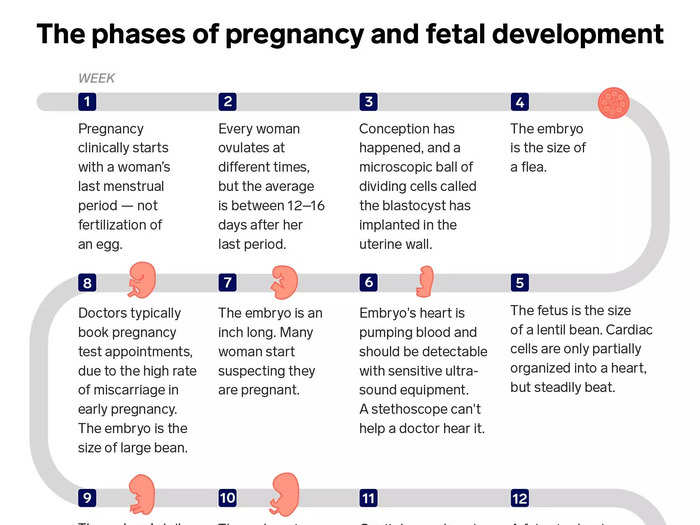7 maps and charts that show what could happen now that Roe v. Wade has been overturned
Grace Panetta,Shayanne Gal,Taylor Tyson,Sarah Gray
FILE - In this Wednesday, April 5, 2017 file photo, demonstrators participate in a rally for Planned Parenthood at the Capitol in Austin, Texas. Abortion advocates say Texas' capital of Austin has become the first city in the nation to provide funding toward logistical services for abortion access. (Jay Janner/Austin American-Statesman via AP, File)/Austin American-Statesman via AP)Associated Press
- The US Supreme Court overturned Roe v. Wade, which granted the legal right to abortion in 1973.
- The court gutting Roe has returned control of abortion policy back to the states.
READ MORE ARTICLES ON
Popular Right Now
Popular Keywords
Advertisement

